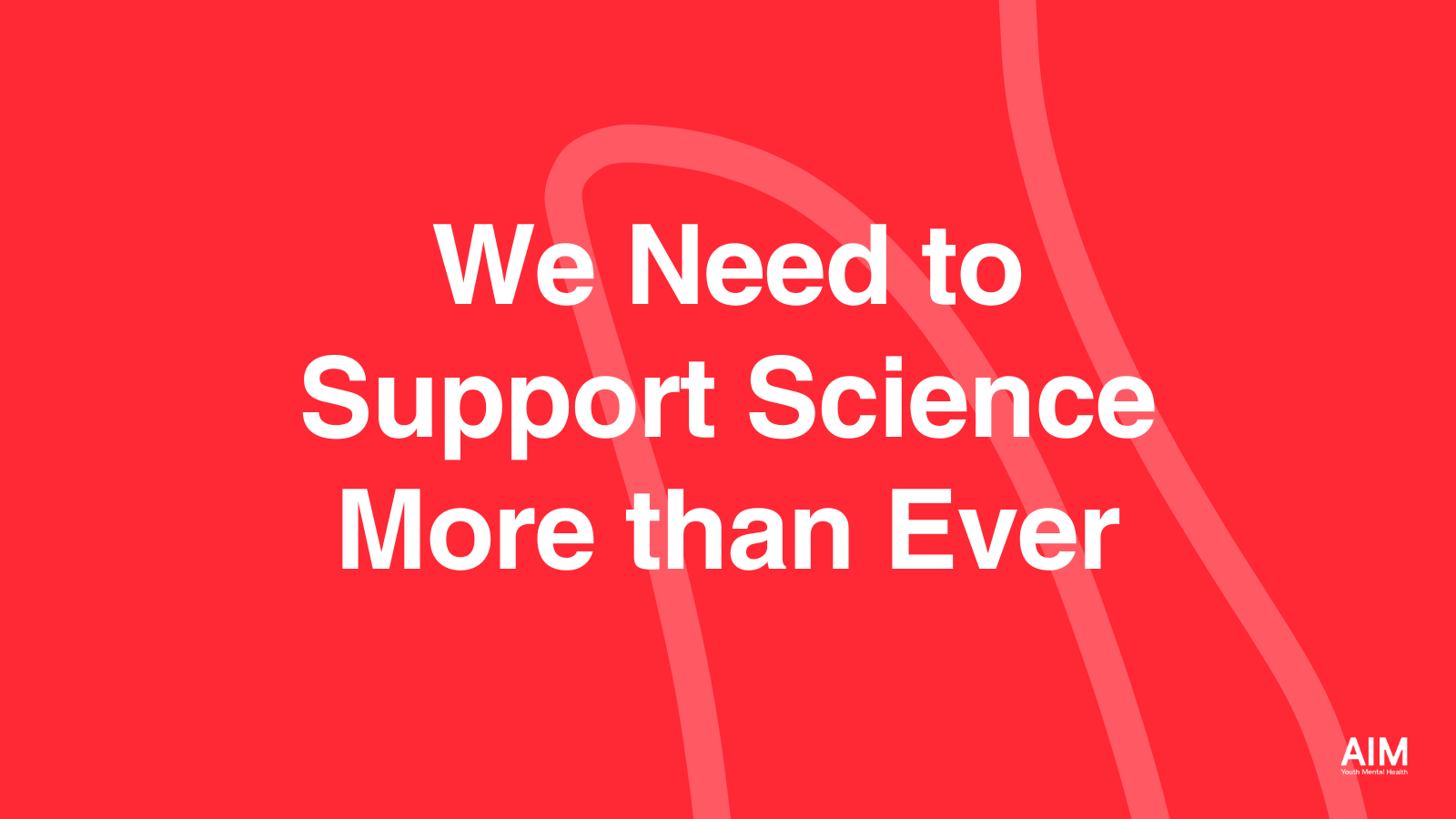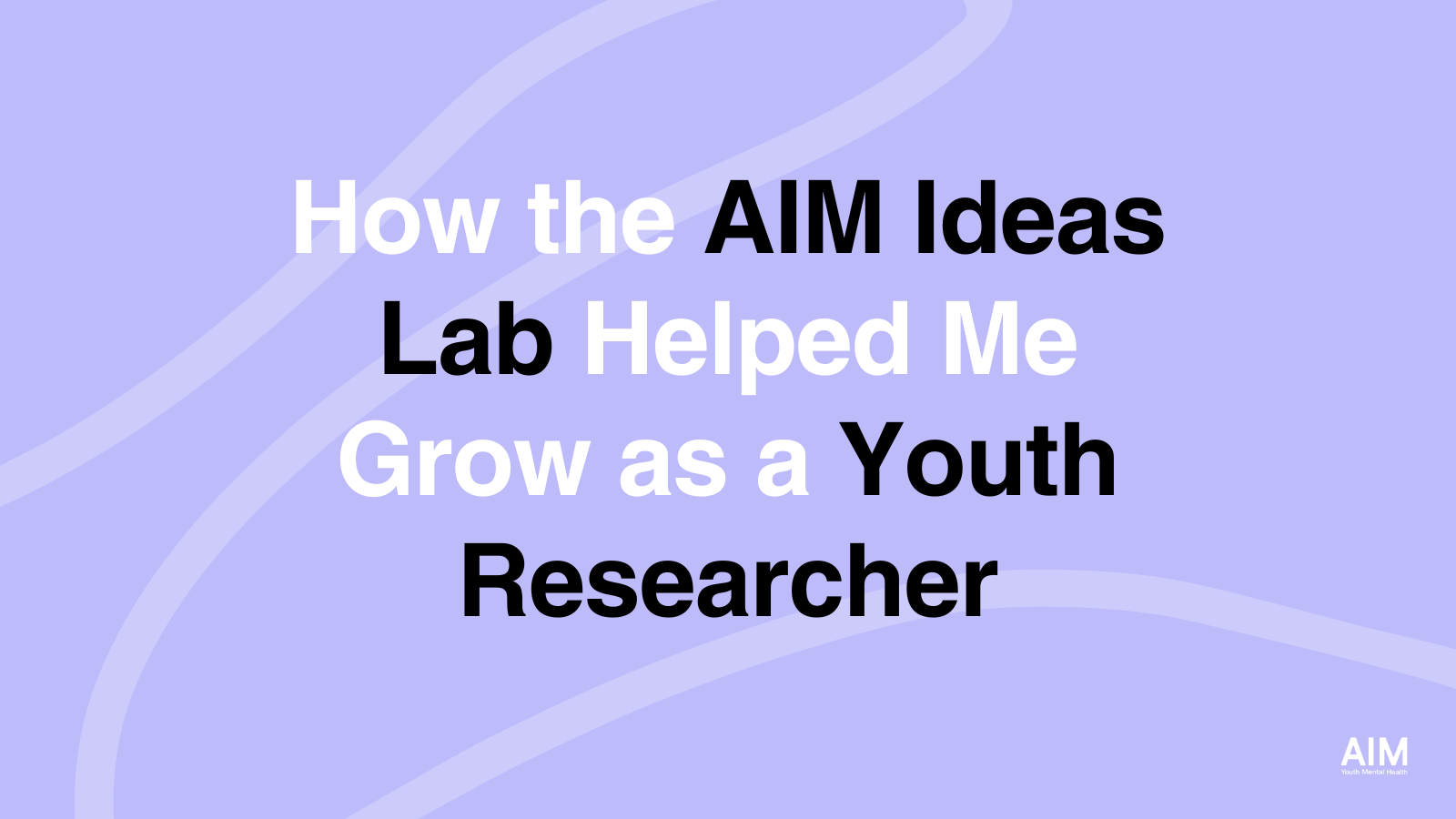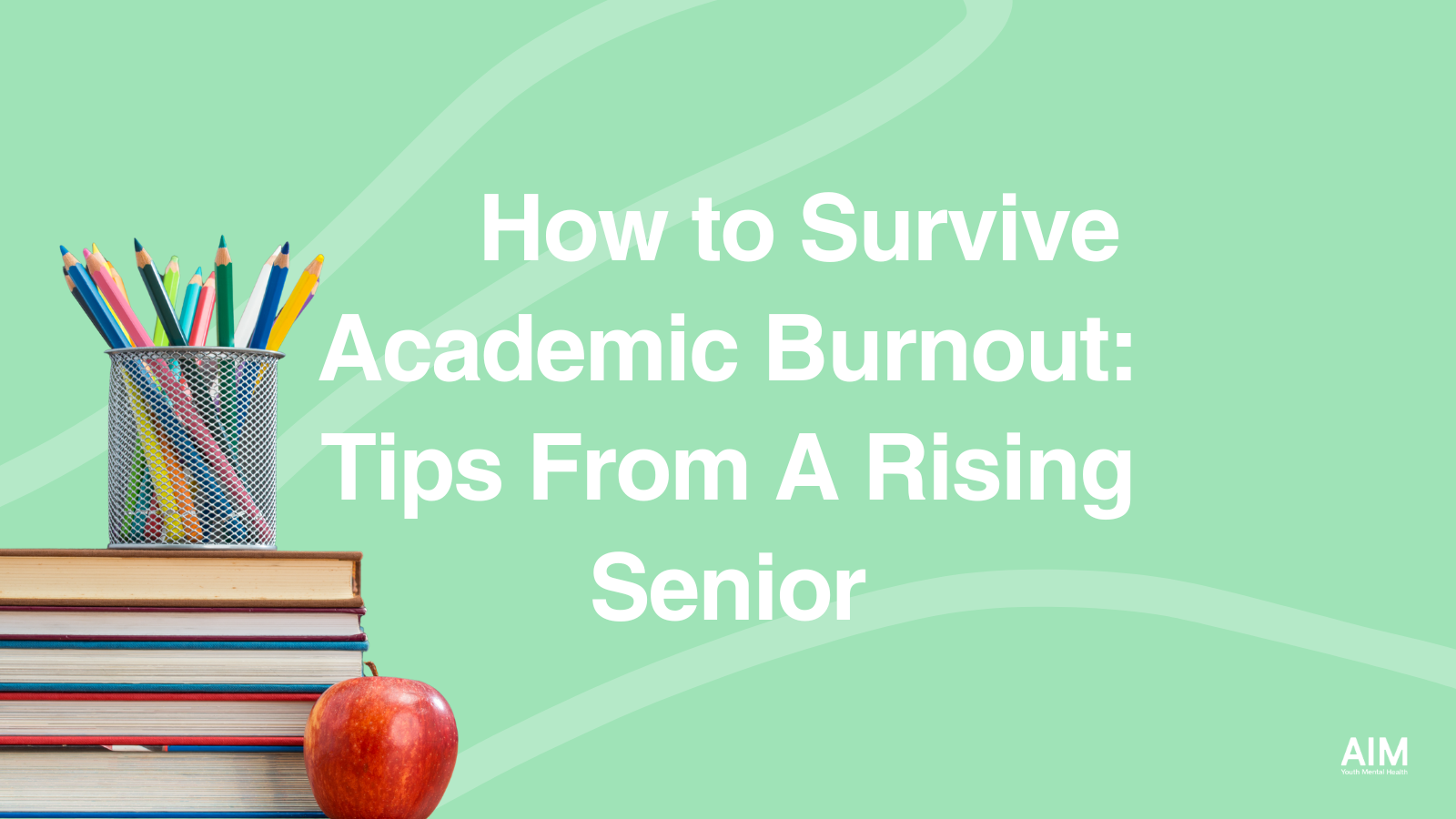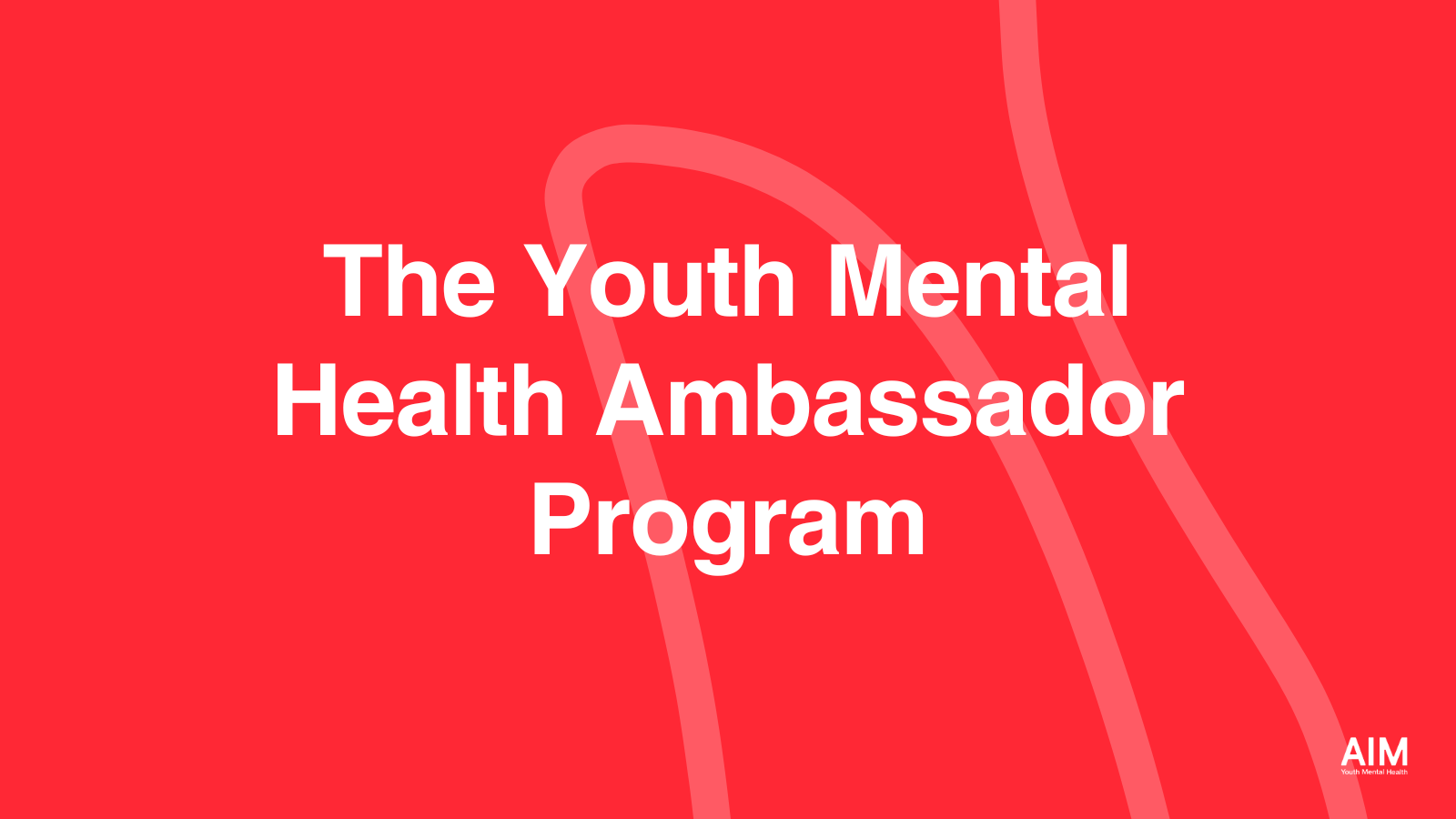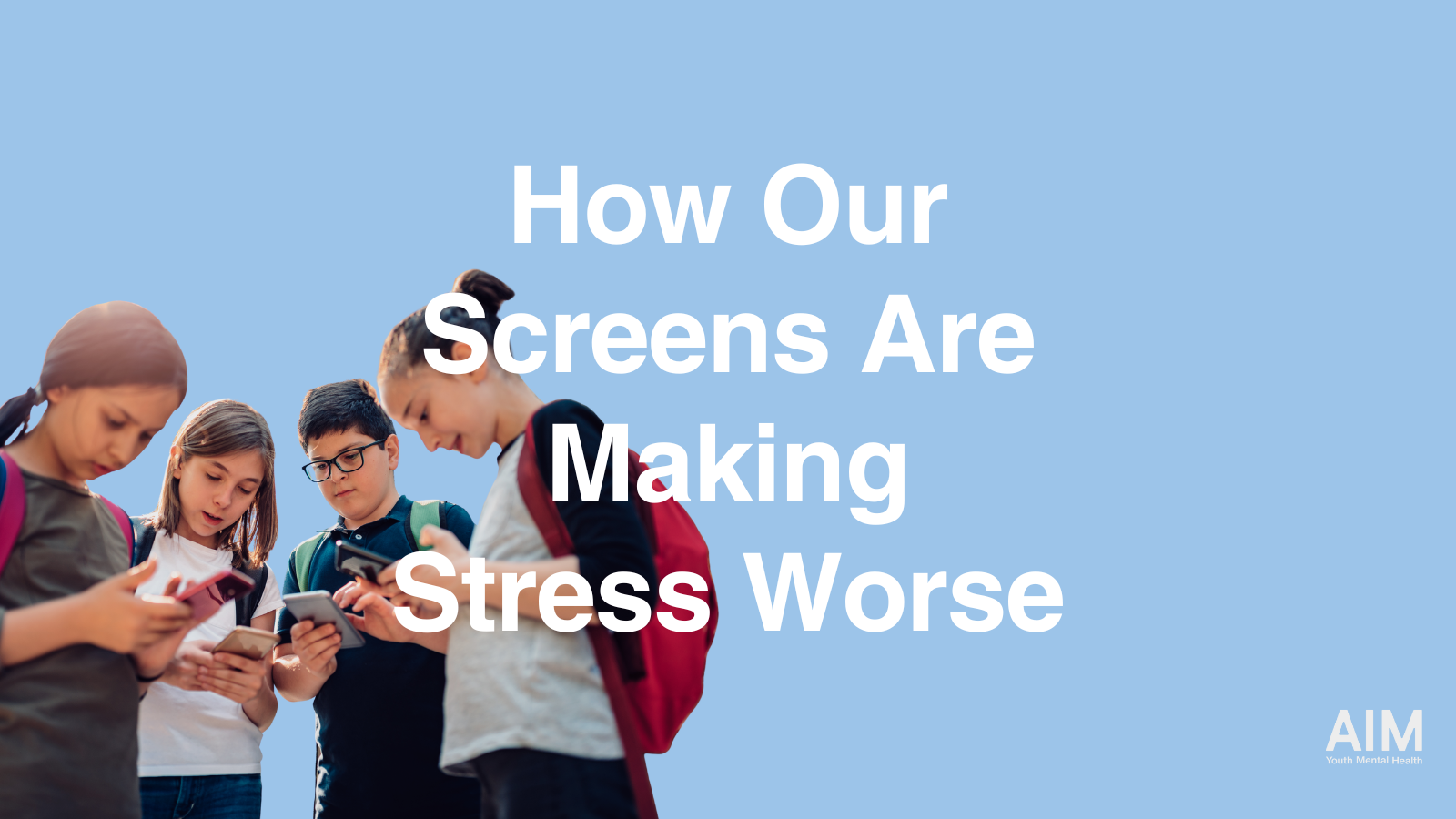Over the last few months, the National Institute of Health (NIH) has been busy defunding research on a massive scale. The goal, according to an article in Science, is to cut grants to researchers by hundreds of million dollars and to close down a majority of science institutes by October 2025.
This has caused panic and outrage in the scientific community. Many seasoned scientists, some involved in longitudinal studies that have been collecting data for decades, are seeing their grants rescinded. This means that their projects have had to close down, hurting career scientists and wasting years of effort and money that goes into developing research of this scale. It’s also putting a chill on graduate students pursuing a career in science, which means we may lose a whole generation of future scientists.
This doesn’t just matter to scientists, of course. It will have negative downstream effects, including losing out on important findings and innovations that could lead to better mental health for our youth. And, it couldn’t come at a worse time. There is ample evidence that young people have been suffering greater mental illness in recent years. Yet, funding losses for psychological research means we won’t gain insights to develop and spread evidence-based treatments to those who need it most.
One of the many scientists impacted by these cuts is Rinad Beidas of Northwestern University, an expert on implementation science and an AIM Scientific Advisory Board member. In a recently published paper, she and her colleagues explain the importance of implementation science, which focuses on making evidence-based treatments for mental health more available to everyone, and how funding cuts will hurt their efforts.
I spoke with Beidas about what these cuts have meant to her and her team at Northwestern and what can be done to help save this work. She argues that although losing NIH-funding is devastating, private foundations, like AIM Youth Mental Health, might be able to help fill a gap.
Jill Suttie: How have funding cuts affected your work at Northwestern?
Rinad Beidas: I’ve been impacted as an individual scientist and as a department chair. I lead a department called Medical Social Sciences, one of 28 departments in Northwestern University’s Feinberg School of Medicine. Our group of about 90 social and behavioral scientists brings our methodological expertise and harnesses social and behavioral sciences to advance equity, innovation, and impact in health.
Our department has experienced about a third of the NIH grant terminations across our entire university, a major impact. We’ve had about 25 grant terminations and a loss of close to $9 million for our budget for this year, as well as another $20 million in future years. Much of the terminated work has been in the space of health equity. Additionally, Northwestern learned in March that our federal funds were frozen. So, we’re one of six schools nationally that has not received payment from the NIH since March and have been unable to draw down on any of our funded grants.
Right now in my lab, we have about five active NIH grants to run implementation trials. Northwestern’s Board of Trustees has authorized an interim solution where they are using university funds to support scientists in continuing their research programs. But, this is not a forever solution.
JS: How has this affected the researchers in your department?
RB: One of the big challenges currently is that it’s unclear what the path to returned funding will be, which greatly limits our ability to plan for the future. Folks are trying to be nimble and expand their portfolios, but it takes time and energy to move in new directions. Early career scientists are the most impacted and at risk given that a number of career development awards were terminated, thus impacting our ability to support the next generation of applied social and behavioral scientists whose work centers on the public good.
The lack of stability means that our lab isn’t sure if we’ll be able to launch the two trials that were forecasted to start in the next 6 months–both on implementation of secure firearm storage programs to prevent suicide and unintentional injury for young people. We just published the largest trial of its kind testing two different approaches to implement a secure firearm storage program in pediatric primary care as a universal suicide prevention strategy that came out in JAMA Pediatrics last year. We had tremendous results. We were able to help pediatricians implement this brief program in almost 50% of their visits, going from not doing it at all. And that’s across 50,000 well child visits in a year. So, we’re talking about a great scale.
We received a grant from the NIH last year to adapt our approach and implement it in health centers across the state of Illinois, as well as to expand the work we were doing in Michigan and Colorado beyond pediatric primary care to adult primary care and women’s health. So, it feels upsetting that we have all this great work and momentum and we have partners who have signed on to do the work, but it’s unclear what the path forward will look like.
JS: How do you see these funding cuts affecting youth mental health in the future?
RB: I’m a very hopeful, optimistic person. But, I have to live in the current reality. I can’t see how what’s currently happening is going to turn around or improve youth mental health – directly or indirectly. Proposed funding for mental health and substance use will directly cut services for young people. Also, we’re going to likely have less funding for mental health research which will also hurt our efforts. And, frankly, I think that a lot of people will continue to suffer – and that things could get worse.
JS: You mentioned in your paper that funding for implementation science has been traditionally underfunded and understaffed. Why?
RB: Implementation science is a newer discipline. It’s really only sprung into scientific discourse over the past decade. But for the past two decades, it’s been gathering steam.
Implementation science is based upon this idea that we spend so much money on discovery, but give very little attention to making sure that the things that we discover reach all people in need. As scientists, we always think, how can we make things as efficacious as possible and understand the biological mechanisms? But then we give no thought to how we’re going to make sure that people want [the treatments we develop], practitioners know how to provide it and want to deliver it, and that it’s available in the community for all people.
There’s a growing acknowledgement in the field that we need to do more implementation science. But, there’s not enough of us, and now there have been these devastating terminations. In our analysis, about 7% of terminated grants were implementation science grants. That’s worrying. But what’s most worrying to me is that a lot of them were early career development grants. So, we already have a tremendous supply and demand issue, and we’re taking away training grants from people who are going to go on and meet those demands. We’re going to have even fewer scientists helping us think about how to support people and places in doing the best, highest quality care for all people.
JS: How are your people responding now to this crisis? What can be done?
RB: It’s a very different landscape now than what I’ve been doing over the past 20 years as a NIH-funded scientist. My goal and hope is that we can continue to be leaders in the United States in science, particularly in the science that our team does, which is focused on helping people and places do things that improve health. My hope is that our government will continue to see the benefit of supporting impactful science. But, perhaps we need to have a more entrepreneurial and nimble mindset around how to seek out other individuals who have shared missions and might have resources to contribute to our work.
We’re going to have to do some things differently going forward to help people understand why the work that we’re doing is so important and impactful and worth using taxpayer money. I deeply believe that. When I look at the portfolios of the folks in our department, just our department alone, and we’re one of thousands of departments across the country, we are doing impactful work that helps people today.
JS: How can private foundations, like AIM, play a role here?
RB: I’ve already seen a tremendous effort from foundations nationally to try to step in to support scientists, particularly early career scientists or scientists who may have had their work terminated. Foundations like RWJ [Robert Wood Johnson] and Spencer have stepped in to say, “Hey, if you’ve had a grant terminated or if you study something that’s no longer fundable in the NIH landscape, you can apply for this request for proposals.”
The truth is foundations will not likely be able to meet the same kinds of funding needs that the federal government is able to provide. But in the short term, until we can better understand what the long-term impacts of this current moment are and consider how else we can go about supporting the type of research that is so dearly needed in this country, foundations and industry donors can provide a bridge to get to that other side.
We have a number of teams doing exciting work who need resources to continue their impactful work. Given the current climate and what’s been happening nationally to everyone, particularly the terminations and funding freeze we’re currently experiencing, any bit people can give helps us keep up this incredible work we do going.
To further the work of researchers like Dr. Beidas and to help protect the mental health of our children, please give generously to AIM Youth Mental Health here.
To learn more about the work going on in Northwestern’s Department of Medical Social Sciences, please visit here or email Rinad Beidas at [email protected]. To give, please visit here.
____________________________________
About the Author
Jill Suttie, Psy.D., is a free-lance journalist and a staff writer and contributing editor for Greater Good, an award-winning online magazine published by the University of California’s Greater Good Science Center. A psychologist by training, her articles cover scientific research aimed at uncovering the keys to individual wellbeing and a more compassionate society. She also records music and has two CD’s of original songs that can be heard and purchased on her personal website: jillsuttie.com.
